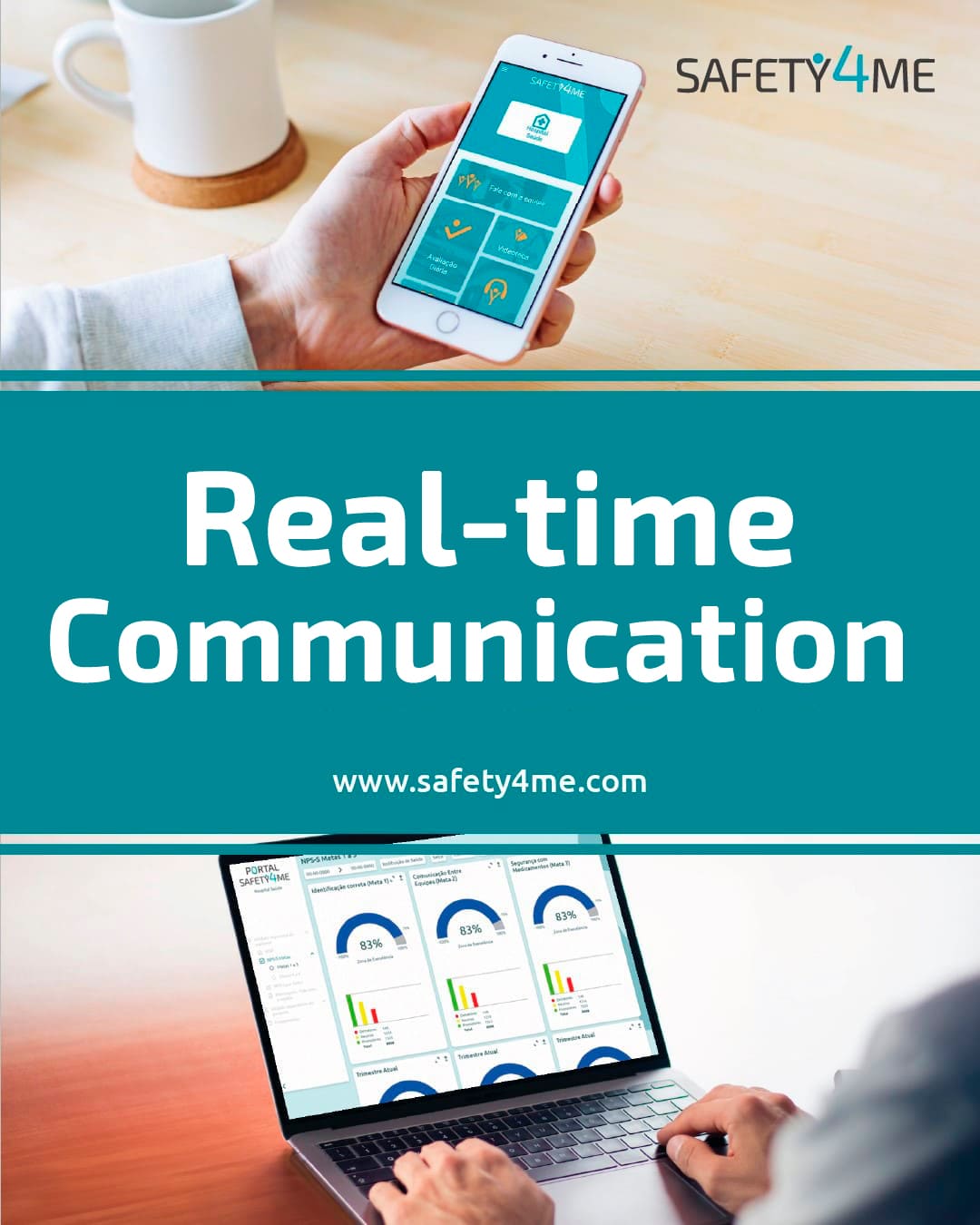Ao navegar neste site, você aceita os cookies que usamos para melhorar sua experiência. Saiba mais na nossa política de privacidade

Patient safety refers to the proactive measures and practices implemented in healthcare settings to minimize the risk of harm to patients during the course of medical care. It involves creating a culture of safety, identifying potential risks and errors, and implementing strategies to prevent them from occurring or reducing their impact. The ultimate goal of patient safety is to provide high-quality healthcare that minimizes the possibility of adverse events and ensures patient well-being.
Patient safety encompasses various aspects, including:
– Error Prevention: Efforts are made to prevent errors from occurring by implementing systems and processes that minimize the likelihood of mistakes. This may involve standardizing procedures, double-checking medication orders, using electronic medical records, and employing protocols for communication and handoffs between healthcare providers.
– Risk Assessment: Identifying potential risks and hazards that can compromise patient safety is crucial. This involves analyzing the healthcare environment, procedures, equipment, and practices to identify areas where errors or harm could occur.
– Reporting and Learning from Errors: Encouraging a culture of reporting and learning from errors is vital for continuous improvement. Healthcare organizations should have systems in place to encourage staff to report errors, near misses, or adverse events without fear of retribution. These reports are then analyzed to identify trends, root causes, and areas for improvement.
– Medication Safety: Ensuring the safe administration of medications is a critical aspect of patient safety. This includes accurate prescribing, proper medication labeling and packaging, appropriate dispensing, and verifying patient allergies and medication interactions.
– Infection Control: Preventing healthcare-associated infections is essential for patient safety. Adhering to strict infection control protocols, such as hand hygiene, proper sterilization of instruments, and appropriate use of personal protective equipment, helps minimize the risk of infections spreading within healthcare facilities.
– Communication and Collaboration: Effective communication and collaboration among healthcare providers are vital for patient safety. This includes clear and accurate documentation, standardized communication tools (such as the SBAR method: Situation, Background, Assessment, Recommendation), and fostering a culture where all team members feel comfortable speaking up about concerns or potential risks.
– Patient Engagement: Involving patients in their own care promotes patient safety. Educating patients about their conditions, treatment options, and potential risks empowers them to actively participate in decision-making. Patients can also play a role in reporting errors or adverse events and providing feedback to improve healthcare processes.
– By focusing on these and other key areas, healthcare organizations strive to create a safe and reliable healthcare system that minimizes harm, enhances patient outcomes, and builds trust between patients and providers.

The platform provides a messaging system for patients to contact with the hospital managers real time – it is the real-time ombudsman.

A plataforma disponibiliza uma mensageria para que o paciente possa se comunicar com a gestão do hospital em tempo real – é a ouvidoria em tempo real.